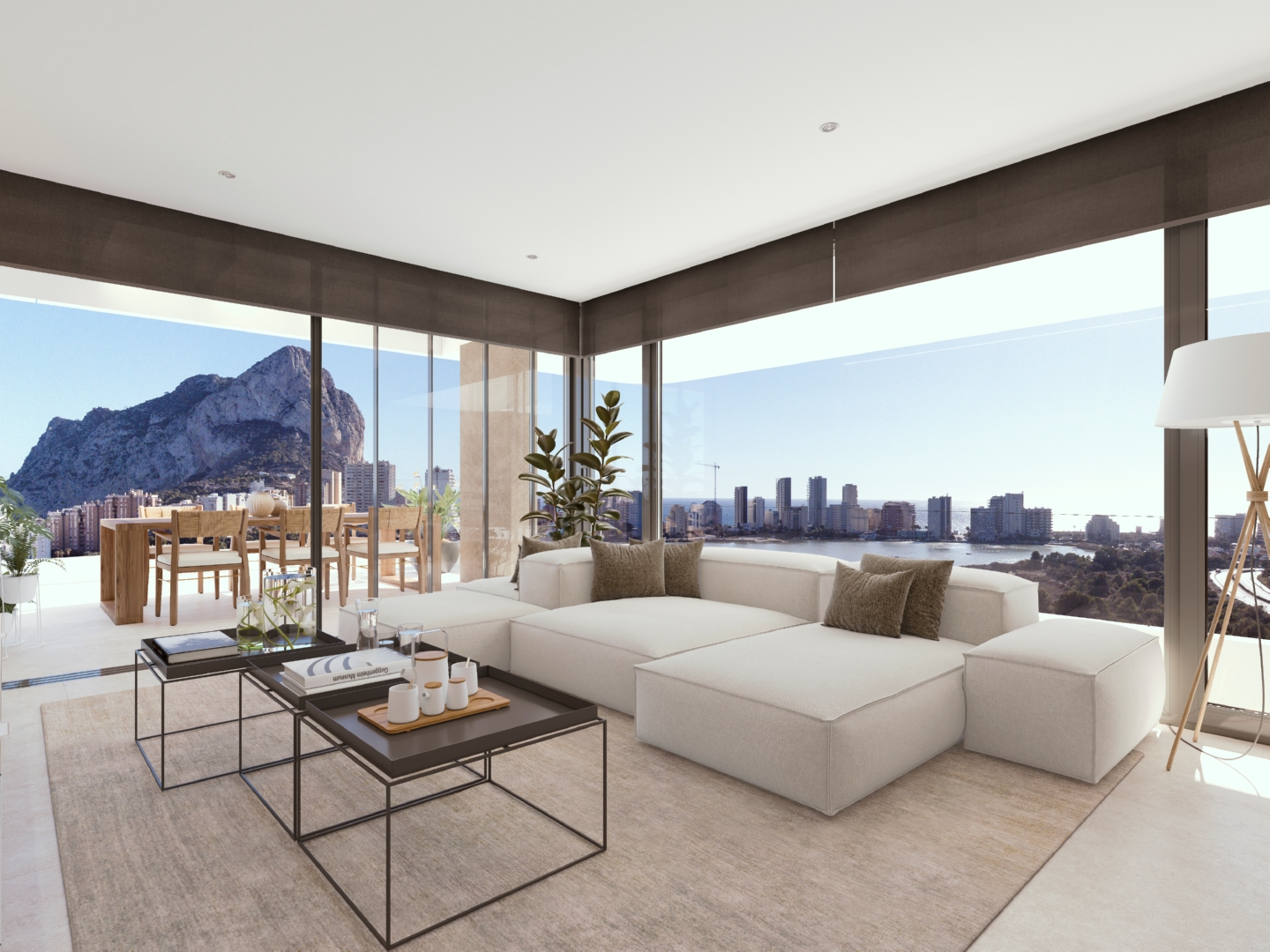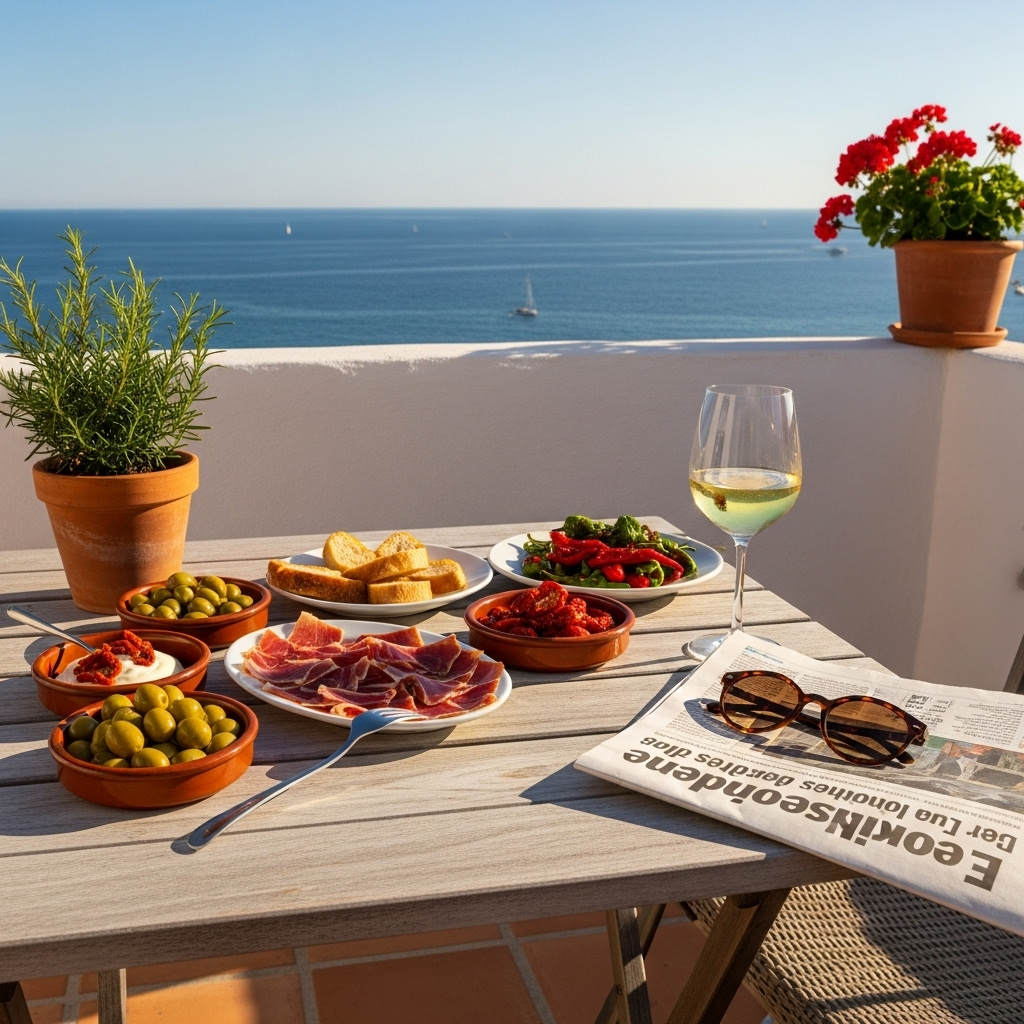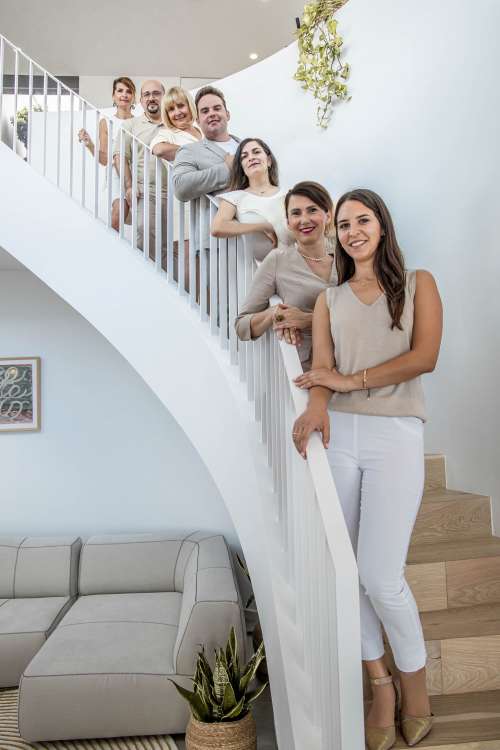Is it worth buying an apartment in Spain in 2025?
The Spanish real estate market remains one of the most reliable investment pillars, even after years of economic uncertainty and cycle changes. Despite higher interest rates and moderating prices, 2025 is shaping up to be a particularly attractive year to buy a home.
Whether you’re looking to live, invest, or buy a second home, demand for new-build and energy-efficient properties continues to grow nationwide. In this guide, we explain why now can be a good time to buy, which areas are the most profitable, and what to assess before making a decision.

Is now a good time to buy a property in Spain?
A balanced market
After the adjustments seen in 2023 and 2024, the Spanish housing market has entered a stable phase. Prices have cooled, but supply remains limited in major cities and coastal areas, where both domestic and international demand is still very strong.
According to Spain’s National Statistics Institute (INE) and the Bank of Spain:
- The average housing price rose by 3.2% in 2024 — a healthy, sustainable pace.
- The average mortgage interest rate ranges between 1.85% and 2.5%, reasonable compared with the European average.
- New-build supply is still increasing, particularly along the Mediterranean coast and in expanding urban areas.
Key drivers behind buying
- Job stability and moderate economic growth.
- Focus on energy efficiency and residential comfort.
- Scarcity of urban land in high-demand locations.
- Rising rental prices, pushing many buyers toward property as an investment or savings strategy.
Therefore, yes — it’s a good time to buy, especially if you find a project with a strong location, high energy efficiency, and financing that fits your profile.
What type of home is worth buying in 2025?
New-build homes: the safest bet
New developments have gained prominence in recent years. While the price per square meter is often higher, the benefits are clear:
- Energy savings and sustainability (A or B energy rating).
- Developer warranties (at least 10 years for structural elements).
- Modern design and quality materials.
- Lower medium-term maintenance costs.
Buying off-plan also lets you stage payments over time and customize finishes, making it attractive both for lifestyle and for investment.
Resale homes: selective opportunities
The resale market also offers opportunities, especially in areas with limited land or for properties that need renovation. However, it’s essential to calculate refurbishment and energy-upgrade costs carefully so you don’t exceed the property’s true value.
GestaliHome tip: always compare the full cost (property + taxes + fees + renovations) before deciding.
Advantages of buying a home in Spain in 2025
1. Long-term stability and returns
The Spanish market has proven to be one of the most resilient in Europe. Price swings tend to be moderate, and asset values hold up well even in uncertain times.
Average gross rental yields in Spain are around 7%, and in cities like Alicante, Valencia, or Málaga they can reach 8–9% with the right strategy.
2. Savings versus renting
Average rents have risen by more than 30% over the past five years, while fixed-rate mortgages offer stable payments. For buyers who can cover the down payment and hold the property for at least 5–7 years, purchasing is often more advantageous than renting.
3. Access to competitive financing
Banks are regaining their appetite for mortgages, especially for energy-efficient homes and solid borrower profiles. There are also regional incentives and tax breaks for first-time buyers and young purchasers.
4. Protection against inflation
Property remains a store of value, helping preserve purchasing power over the long term.
Where does it make sense to invest in Spain?
Areas with the best price–demand balance
- Costa Blanca (Alicante, Torrevieja, Benidorm, Altea, Orihuela Costa) — Strong new-build pipeline, excellent climate, and steady appreciation.
- Costa del Sol (Málaga, Estepona, Fuengirola) — Mature market, high purchasing power, and international demand.
- Valencia and surroundings — Major urban development and a great balance of lifestyle, investment potential, and cost.
- Murcia & Costa Cálida — Still-affordable prices, good connectivity, and rising domestic demand.
- Madrid and its metropolitan area — High liquidity, strong upgrader market, and consistent appreciation.
In 2025, coastal areas with high quality of life and good transport links will continue to be the most profitable both for living and for rental investment.

How much money do I need to buy a home in Spain?
Savings and financing
- Recommended minimum savings: around 30–35% of the property value (down payment + purchase costs).
- Total purchase costs: approximately 10–12% of the price (VAT or transfer tax, notary, registry, admin).
- Typical mortgage: 70–80% of the appraisal value.
Interest rate options
Fixed rates offer stability, while mixed mortgages can save money in the early years. Banks are reintroducing more flexible products with no-penalty early repayments.
GestaliHome tip: compare offers from at least two or three lenders and choose a fixed rate if you want peace of mind.
Common mistakes when buying
- Buying on impulse without analyzing the neighborhood.
- Not comparing mortgage conditions.
- Overlooking energy efficiency and community fees.
- Forgetting about notary fees and taxes.
- Not seeking advice from specialized professionals.

